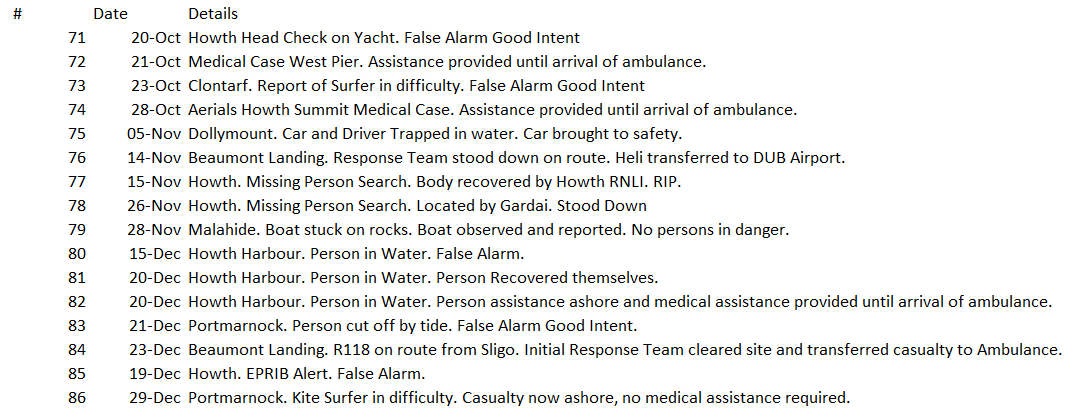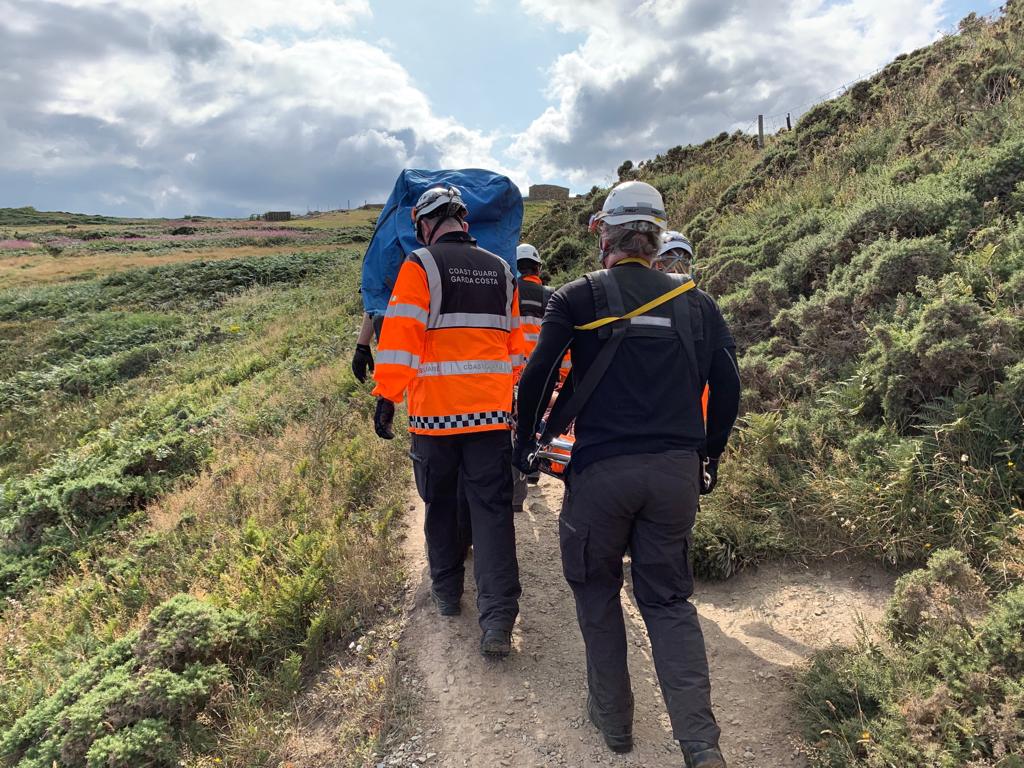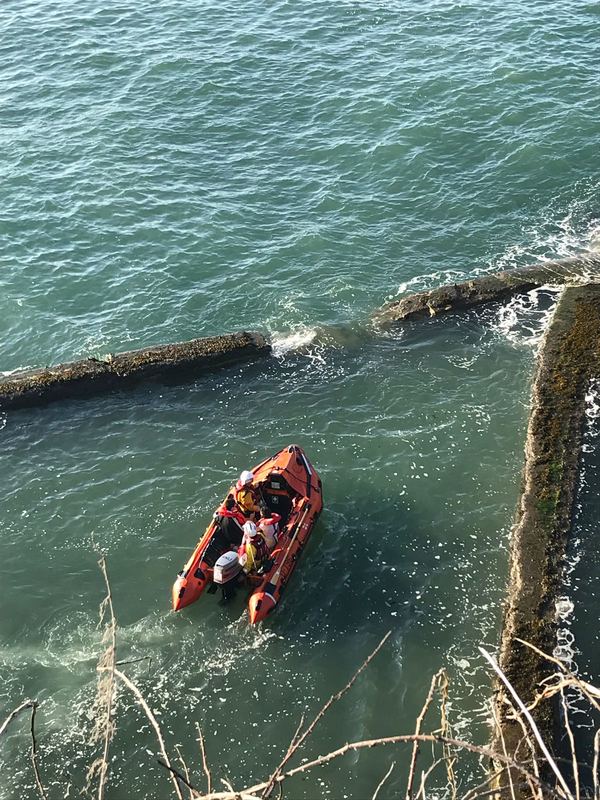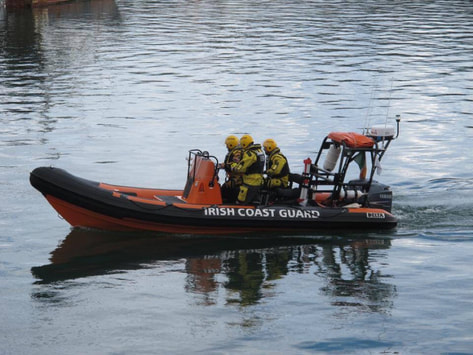Following the reorganisation of the Preventative Water Guard in 1822 which was established to combat smuggling the newly titled Coast Guard continued the work which had been the task of the Water Guard along the east coast. A station which was established in 1821 facing the Green (now called Town Park) in Malahide was expanded and consisted of a terrace of 2 storey buildings housing the guards and their families. This was prior to the construction of the railway in 1849 , thus the station had very good oversight of the Broadmeadow both upper and lower estuary A flagstaff or yardarm was placed on the green for parade and signalling purposes. The station was closed in 1886 when a new and larger station was built on the eastern side of Robswalls close to High Rock and not too far from the Martello Tower at Portmarnock. Although still well within living memory the original building at the Green are now long gone replaced by apartments and only an artist’s picture is available of the original front elevations of the station.
Following the burning by anti- treaty forces in 1921 of a number of Coast Guard Stations including the one at Robswalls which were completely destroyed and many were subsequently demolished. However a number of stations did survive and can be identified by the distinctive architecture and stone wall surrounds. Near the former Martello Tower converted by the famous architect Hicks there is a small dwelling which is called coast guard cottages which may have provided additional accommodation for families of the guards.
Cottages were still occupied over the decades at the site of the Robswalls station although completely renovated and in private hands they effectively mark the location of this station.
The role of the coast guard was essentially revenue protection and observation with rescue at sea last but not least the other role. Staffed by sailors which formed a Royal Navy reserve and managed by retired Royal Navy Officers the guards were armed and had small vessels at their disposal, Following the outbreak of the Great War many of these men were called up for naval service and as we know many never returned. The locations of these stations was carefully chosen for observation and communication value and as can be seen followed closely the location of many Martello Towers which were constructed to repel an invasion by Napoleonic forces 1803 to 1815.




























 RSS Feed
RSS Feed
